Karen from This Old House has given us these wonderful alternatives to throwing away your garage leftovers!
Create Hanging Storage With Hardware Cloth
Store bungee cords or other tangle-prone items neatly on the wall using a DIY hanger. Staple each end of a 3-by-12-inch strip of hardware cloth to a 3-by-3-inch piece of scrap wood. Affix the hanger to the garage wall; hook one end of each cord in the mesh.
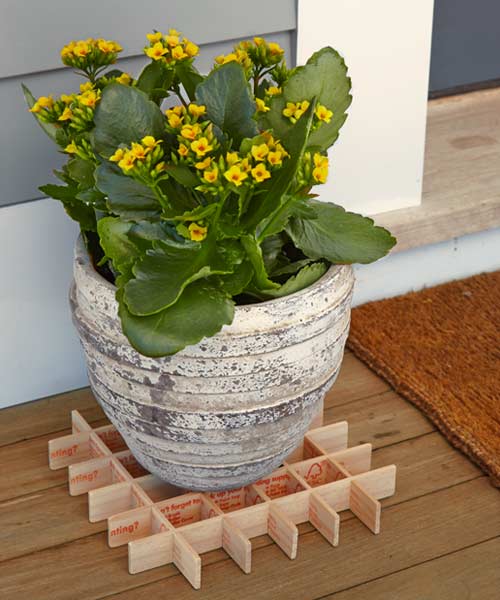
Use Paint Stirrers to Raise a Planter
Cut notches into stir sticks every 1½ inches and assemble them as shown. Place the grid under a pot to prevent deck stains and rot.
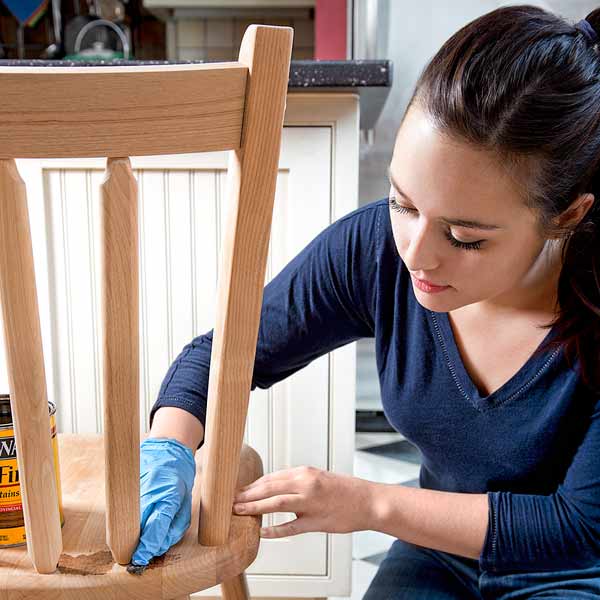
Use Weatherstripping to Spread Stain
Cut felt weatherstripping into squares for spreading stains in tight corners on furniture.

Use Sandpaper to Spiff Up Tile Grout
Some gentle friction with a folded fine-grit piece rubs out stains. Cover glazed surfaces with tape, and apply a sealant once the grout is clean.

Use Shellac to Restore Old Hardware
After removing dirt and paint drips from hinges, knobs, and pulls, seal the pieces with clear shellac—it will keep brasses from tarnishing too.

Use Carpet Scraps to Cushion Knees When Gardening
Roll up a scrap of carpet and kneel on it when spreading mulch, planting flowers, or weeding.
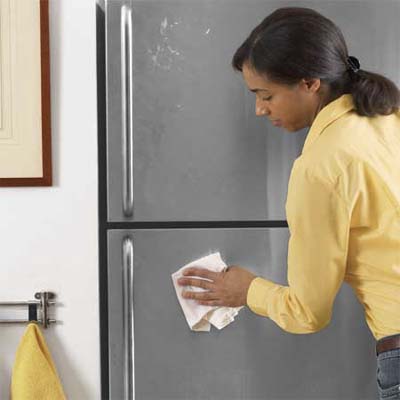
Use Car Wax to Keep Appliances Fingerprint-Free
Apply a thin coat of car wax to stainless-steel fridges and stoves. Buff clean to resist fingerprints and smudges.

Use Sand to Hold Open a Door
Center a sealed ziplock bag of sand on a square of fabric. Gather the fabric at the bag’s top and secure it with raffia, then place it in front of a door.

Use Copper Pipe to Make a Wind Chime
Cut various lengths of the tube; the longer the piece, the deeper the sound, says Dale Powell of the Copper Development Association. Drill a hole an inch from their tops. Loop fishing line through the openings and hang from a wood disc.

Use Drywall Corner Bead to Lift Up a Small Paint Project
Place two short lengths of bead on your work surface so that the folded edges are facing up. Rest your item across the pieces before painting it.
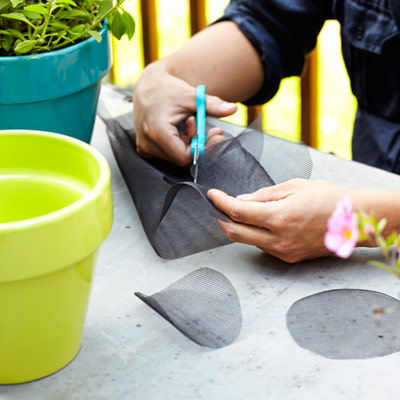
Use Window Screens to Keep Soil Inside a Flowerpot
Line the bottom with a patch of screen before filling it, to stop dirt from washing out through the drain hole.
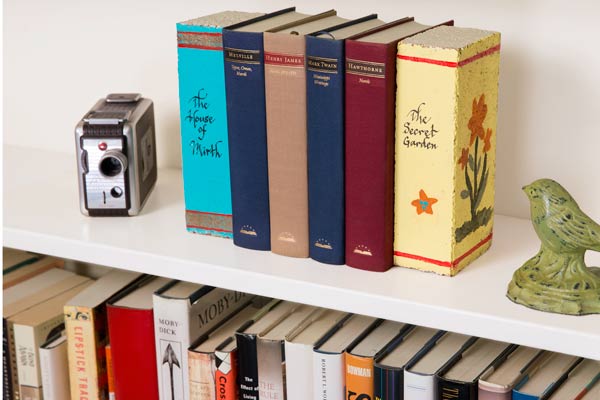
Use Bricks to Make Literary Bookends
Get inspired by your favorite classics and brush a faux book jacket onto a brick with acrylic paint and a calligraphy pen, then display it proudly next to the real thing.
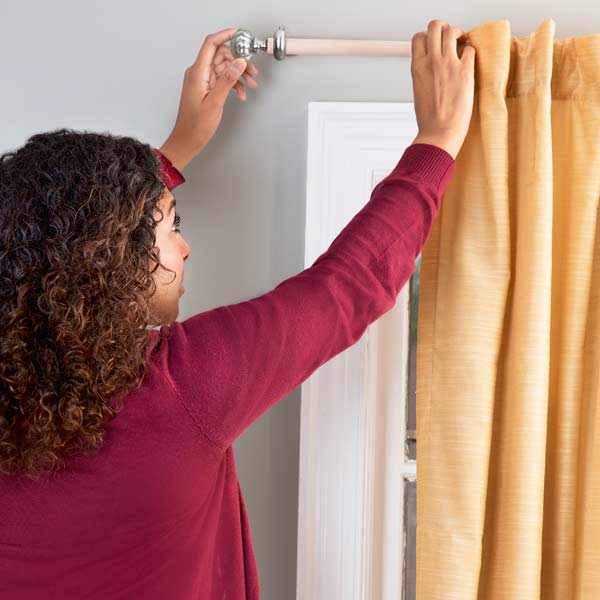
Use Wood Dowels to Hang Curtains on the Cheap
Cut a 1½-inch dowel to your desired length; the rod should extend at least 3 to 6 inches past the sides of the window casing. Drill pilot holes in the dowel ends to accept threaded cabinet-knob finials; hang on brackets.

Use PVC to Help Collect Leaves
Use this trick from TOH plumbing and heating expert Richard Trethewey: He rakes leaves into a PVC frame clamped to a garbage bag. The frame holds the bag open and works like a dustpan.

Use Wood Flooring Scraps to Create a Cleat
To hang a heavy object, cut two pieces of flooring to a length just shorter than the width of the object. Screw one piece, groove-side down, to the back of the object. Fasten the second length, tongue-side up, to the wall, making sure to hit at least two studs. Lower the object onto the piece mounted to the wall, resting the groove on the tongue.

Use Drywall Screws to Sub for a Stopper
Screw one into the nozzle of a tube of glue or caulk to clear and seal it; leave it in for a top that screws off.

Use a Drywall Bucket to Carry Garden Tools
TOH landscape contractor Roger Cook wraps a canvas tool apron around the outside of a bucket so he’ll always have pruners and a waste receptacle at the ready. Similar to shown: 56-Pocket Bucket Tool Organizer by Bucket Boss; about $20, Amazon

Use Sawdust to Soak Up Spills
Keep a bucket of sawdust handy for accidents. Sawdust is highly absorbent and can quickly contain spills of oil or paint.
These great ideas are brought to you by Karen Zigathis at This Old House Online
http://www.thisoldhouse.com/toh/photos/0,,20926989_30342013,00.html


